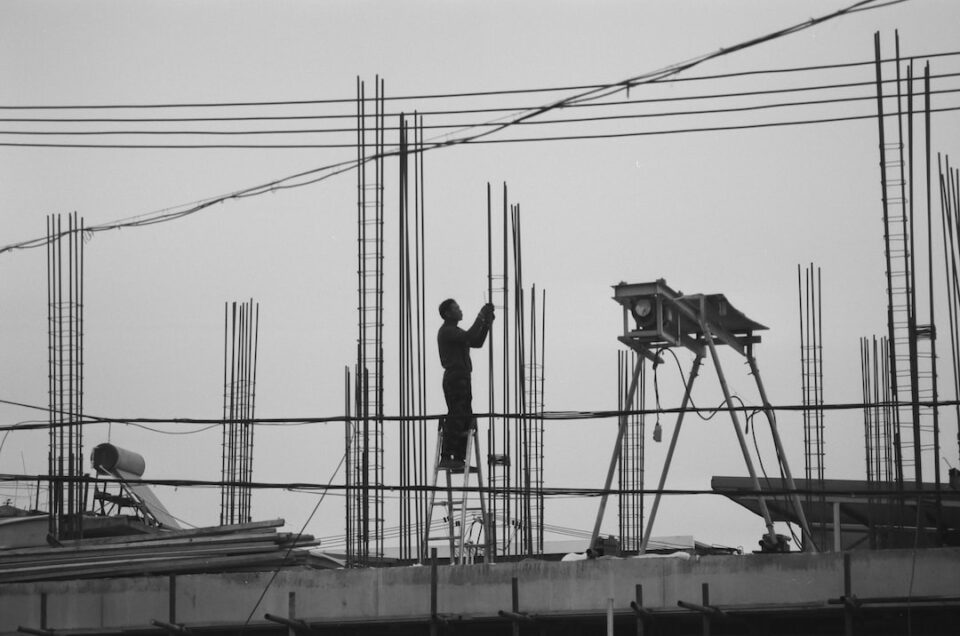Tucked away in the southern part of Mexico City lies the fascinating district of Tlalpan. Known for its rich history and cultural heritage, this area is a treasure trove for architecture enthusiasts. From ancient ruins to colonial-era buildings, Tlalpan offers a glimpse into the city’s past. In this article, we will unveil some of the hidden gems of Tlalpan’s architecture and explore the measures of hammocks that have become a unique feature in some structures.
One of the most iconic sites in Tlalpan is the Ex-Hacienda de Tlalpan, a former hacienda turned into a cultural center. This stunning architectural masterpiece boasts a blend of Baroque and Neoclassical styles. Its grand façade and intricately designed interiors take visitors on a journey through time. One peculiar feature of this site is the inclusion of “medidas de hamacas” in some of the rooms. These were measurements for hammocks, a common addition to sleeping quarters during that era. These measurements illustrate the importance placed on relaxation and comfort.
The San Agustín de las Cuevas Church is another architectural gem that visitors to Tlalpan should not miss. Built in the 16th century, this church showcases remarkable Baroque details. The elaborate stonework, intricate reliefs, and stunning altarpieces are a testament to the craftsmanship of the period. Despite its historical significance, the church has embraced modern elements and now offers guided tours that explain the “medidas de hamacas” used by the clergy in their living quarters. This unique approach allows visitors to better understand the daily lives of those who once occupied this sacred space.
For a taste of pre-Hispanic architecture, visitors can explore the Cuicuilco Archaeological Zone. This ancient archaeological site dates back to approximately 800 BCE and was once a thriving ceremonial center. It features pyramids, platforms, and ball courts that showcase the architectural prowess of the early inhabitants of the region. While measuring hammock sizes was not relevant here, its existence reminds us of the importance of cultural preservation and understanding the people who lived in the area before us.
Tlalpan’s hidden gems of architecture offer a glimpse into the past and highlight the evolution of design in Mexico City. The inclusion of “medidas de hamacas” in some structures adds a touch of uniqueness and reveals the importance placed on comfort during different historical periods. By exploring these architectural wonders, visitors not only gain an appreciation for Tlalpan’s rich history but also get a deeper understanding of the culture and lifestyles of the people who once thrived within these walls. So, next time you find yourself in Mexico City, don’t forget to venture southward to Tlalpan and unveil its hidden architectural treasures.

